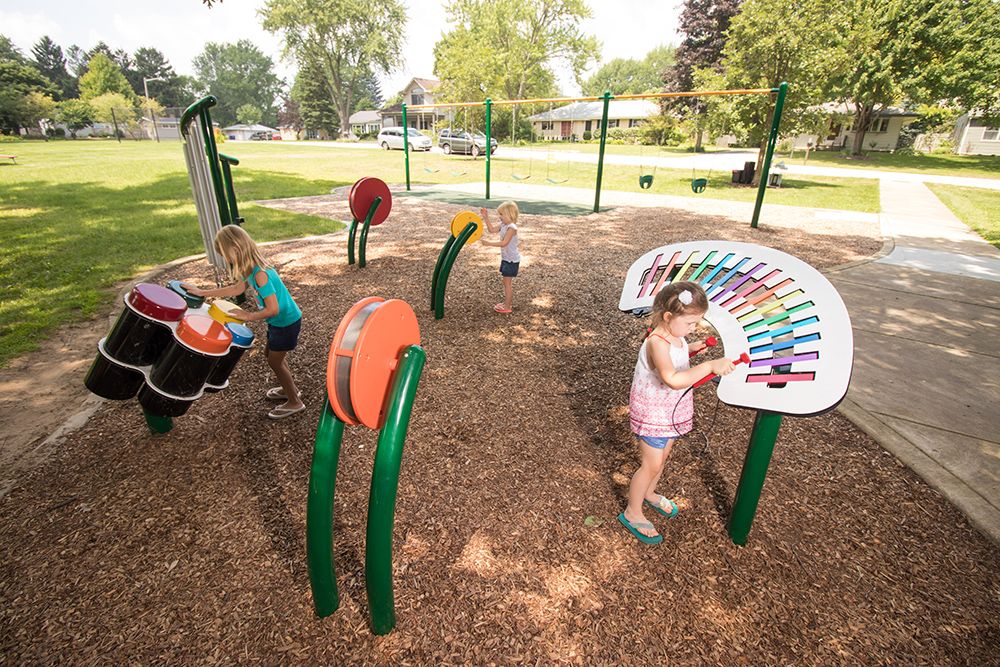Science, technology, engineering, and mathematics (STEM) is a curriculum based on the idea of educating students in these four disciplines. The continuing development of technology and its use in more aspects of our lives makes STEM an increasingly important method of education.
However, STEM education doesn’t need to be restricted to the classroom, as there are many other opportunities to learn about it. For example, it can also be incorporated into outdoor learning environments, providing children with early exposure to STEM in a fun way. This post introduces ideas for bringing STEM and art to your playground.
Overview
STEM originates from the early 1990s when educators began using the term instead of SMET. The National Science Foundation (NSF) initiated a number of STEM projects in the late 1990s, most notably the Science, Technology, Engineering, and Math Teacher Education Collaborative (STEMTEC) at the University of Massachusetts Amherst.
STEM is typically used within the context of educational curricula and policy in schools. However, it also has applications in other areas such as workforce development, immigration policy, and national security.
Currently, there is no general agreement on the specific sub-disciplines that STEM includes, particularly the science aspect. For example, educators don’t agree on whether it includes social sciences like economics, political science, psychology, and sociology.
Various countries often include STEM as a job category, especially government organizations. In the United States, the Department of Homeland Security, Department of Labor, and NSF all use STEM categories in their online job databases.
Science
Many opportunities exist for children to learn about science in the playground. Block play is particularly useful for teaching basic rules of science such as cause and effect, in addition to concepts like balance, gravity, and weight. Weather arbors and planting gardens are useful for teaching the life sciences.
Technology
Advanced technology isn’t typically part of a children’s playground, but playgrounds do contain components that help develop a child’s motor skills for manipulating technological devices. For example, activities involved in block and sand play improve a child’s coordination, which is needed for art and construction. They also encourage imagination, an essential trait for developing new technology.
Engineering
Future architects, builders, and engineers can also develop their imaginations in outdoor learning environments. Sand play is particularly useful for this purpose, provided it’s deep enough to dig with tools. The introduction of water to this activity helps children learn engineering concepts and improve problem-solving skills. Adding building blocks allows children to design and build their own structures by teaching them what does and doesn’t work.
Math
Incorporating abacus rails into playground components like play panels is a common way of helping children learn to count and sort. Building blocks are useful for teaching mathematical concepts such as counting, numbers, and shapes. They also help children learn activities like measuring quantities. Playing music is another playground activity that’s readily available in outdoor learning environments. Music can strengthen a child’s understanding of mathematical disciplines like geometry, which requires pattern recognition.
Art
A STEM curriculum often incorporates art in addition to the original four disciplines, which is then known more specifically as STEAM. Developing artistic ability benefits STEM education by fostering the imagination. Playground components that provide art education include art areas like painting stations and sandboxes, which allow children to explore their imaginations. Painting and sculpting with sand are both great ways for children to express themselves artistically.
Summary
The above examples show how playgrounds and other outdoor environments can help teach STEM concepts to children. Learning and recreation aren't mutually exclusive, and a well-designed playground can provide both of these activities. The incorporation of STEM into playgrounds helps develop skills such as critical thinking, and creative and investigative skills, while also encouraging teamwork.
